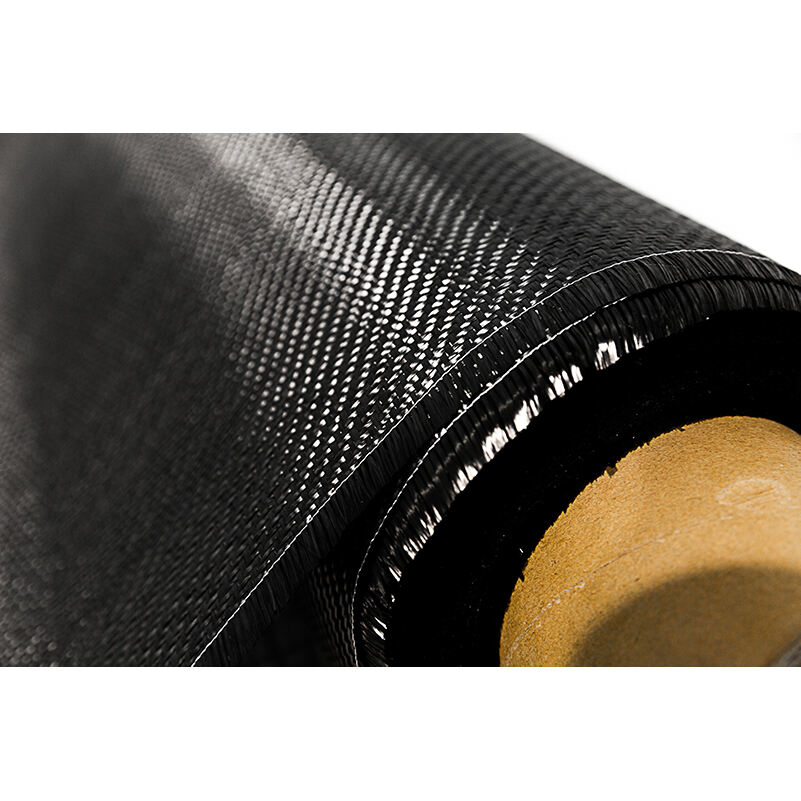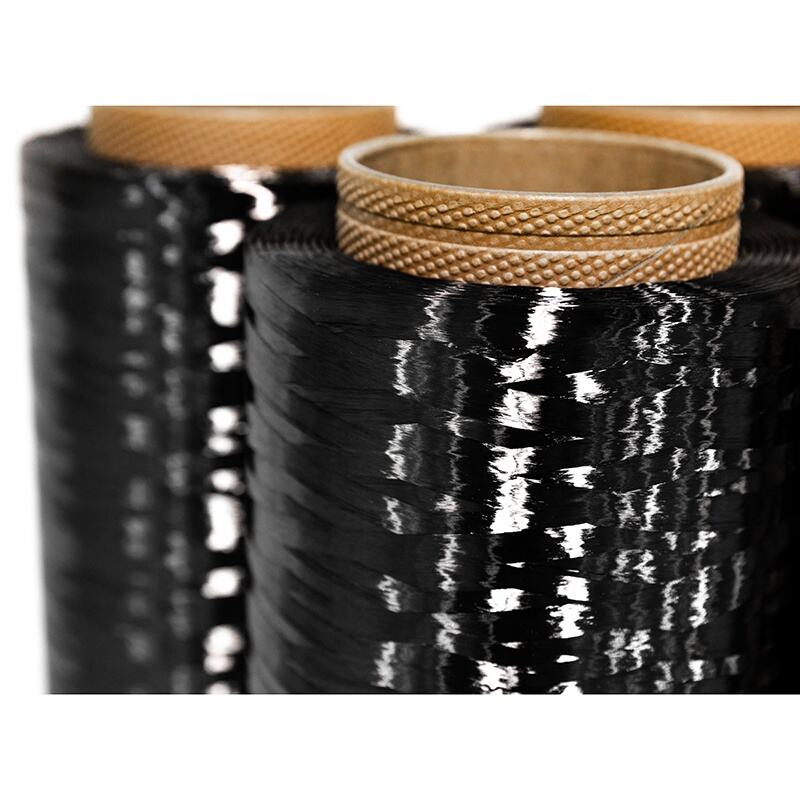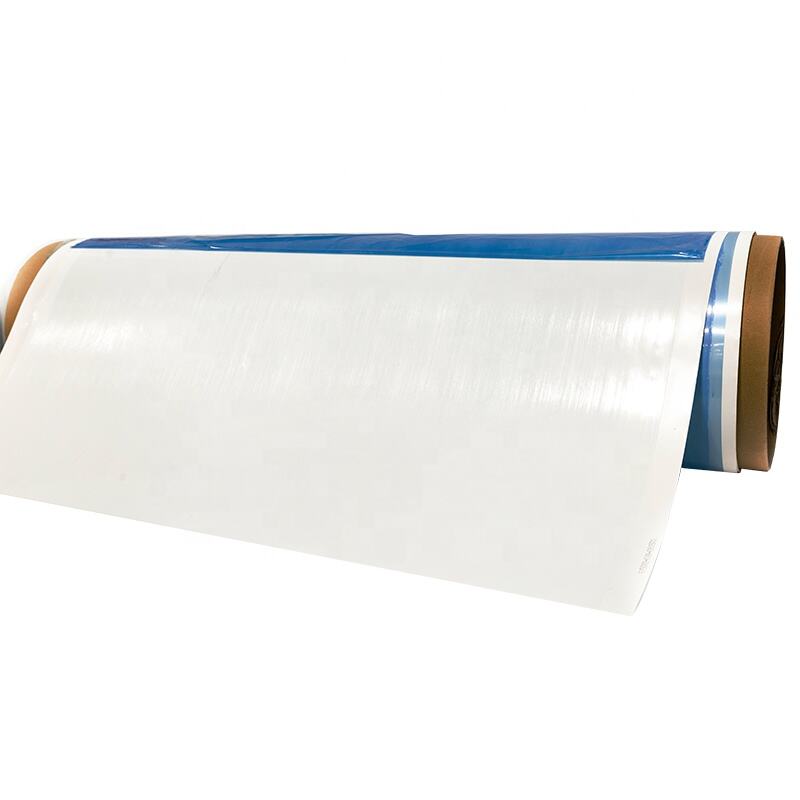24k carbon fiber
24k carbon fiber represents the pinnacle of advanced composite materials, featuring 24,000 individual carbon filaments per bundle. This high-density configuration delivers exceptional strength-to-weight characteristics while maintaining remarkable flexibility. The material's molecular structure consists of tightly interwoven carbon atoms arranged in a crystalline formation, resulting in superior tensile strength and durability. When manufactured, these fibers undergo a sophisticated process of oxidation, carbonization, and surface treatment, creating a material that excels in both structural integrity and aesthetic appeal. The 24k designation indicates a premium grade fiber that offers enhanced performance capabilities compared to lower-count alternatives. This material finds extensive applications in aerospace, automotive manufacturing, sporting goods, and high-end consumer products. Its versatility allows for implementation in both structural reinforcement and decorative applications, making it invaluable in industries where both strength and appearance matter. The material's ability to be woven into various patterns and combined with different resin systems enables customization for specific performance requirements.


